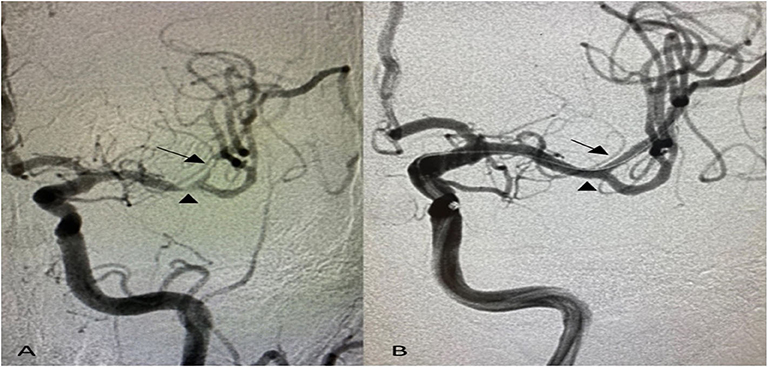

Wong and Yu both estimated the prevalence of ICAD in their respective regions of Hong Kong and Taiwan to be 30 percent for ischaemic stroke, while Seo put the figure for South Korea at 40 percent. “This could be extrapolated into an annual incidence of approximately 810,000 of the 2.5 million strokes in China, assuming 70 percent of strokes in China are ischaemic,” said Miao. With stroke had intracranial occlusive disease. The Chinese Intracranial Atherosclerosis (CICAS) Study found that 46.6 percent of patients Among those of Chinese ethnicity, the incidence ranges between 30 and 50 percent of patients with ischaemic stroke. ICAD is more common in the Asian, African, and Hispanic populations than in Caucasian individuals. It can result in thromboembolism and subsequent transient or permanent cerebral ischaemic events and is a major cause of ischaemic stroke worldwide. ICAD occurs when atherosclerotic plaque builds up in major intracranial arteries, causing stenosis.

Four experts, Prof Miao Zhong Rong (China), Prof Yu Chun Ho (Hong Kong), Prof Seo Jung Hwa (South Korea), and Prof Wong Ho Fai (Taiwan), share their perspectives on the WEAVE trial and the role of stenting in ICAD.

Is stenting appropriate for this subgroup of ICAD patients who do not respond to medical therapy? The Wingspan Stent System Post Market Surveillance (WEAVE) study showed that selected ICAD patients may derive significant benefit from intracranial stenting when used according to approved criteria. However, the risk of recurrent stroke in patients with symptomatic ICAD remains high despite aggressive, highly monitored medical management. Clinical trial data indicate that medical treatment and lifestyle modifications are superior to endovascular treatment for stroke prevention in ICAD patients. Intracranial atherosclerotic disease (ICAD) is an important cause of ischaemic stroke and transient ischaemic attacks.


 0 kommentar(er)
0 kommentar(er)
